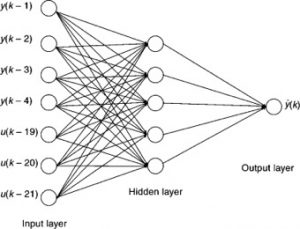The neural bubble

Neural network (NN) is a hot topic today in IT industry because of its successful applications in deep learning such as Alpha Go and automatic driving. People intend to call it artificial neural network (ANN) for its comparison with human neural network. After taking CS466 Machine Learning class this semester from the Department of Computer Science, it’s interesting to see that professors, young or old, are trying to not say “neural network” in class, instead they call it perceptron. And it has nothing to do with human brain, all it’s about is mathematics. Well, they do share a common feature in terms of complexity if I have to enumerate one.
When industry people are happily playing with hyper parameters in deep learning, criticisms are always heard from the academia. Professors are concerned about the fundamental problems in the field by questioning the logic behind the fancy algorithms and emphasizing the necessity of know-how for controlling. While people in industry are driven by market fever and profits. If only the algorithm works better than others, they will be happy. Nobody cares how it works and how to control it. This zesty phenomena of sell products/services that companies don’t even know very well really got researchers’ nerves. And they call what industry people are doing is alchemy, which is pseudo-science.
Definitely, there is a bubble there, and it’s beautiful. But what we’re going to talk about is the application of ANN in food science, the history and the trend.
The figure of ANN attached above is from “Robotics and Automation in Food Industry” (https://www.sciencedirect.com/science/book/9781845698010), which is published 5 years ago. Unfamiliar to food science students, they concept of ANN and its applications in food science are yet not an uncommon thing in food industry.
To be continued…
